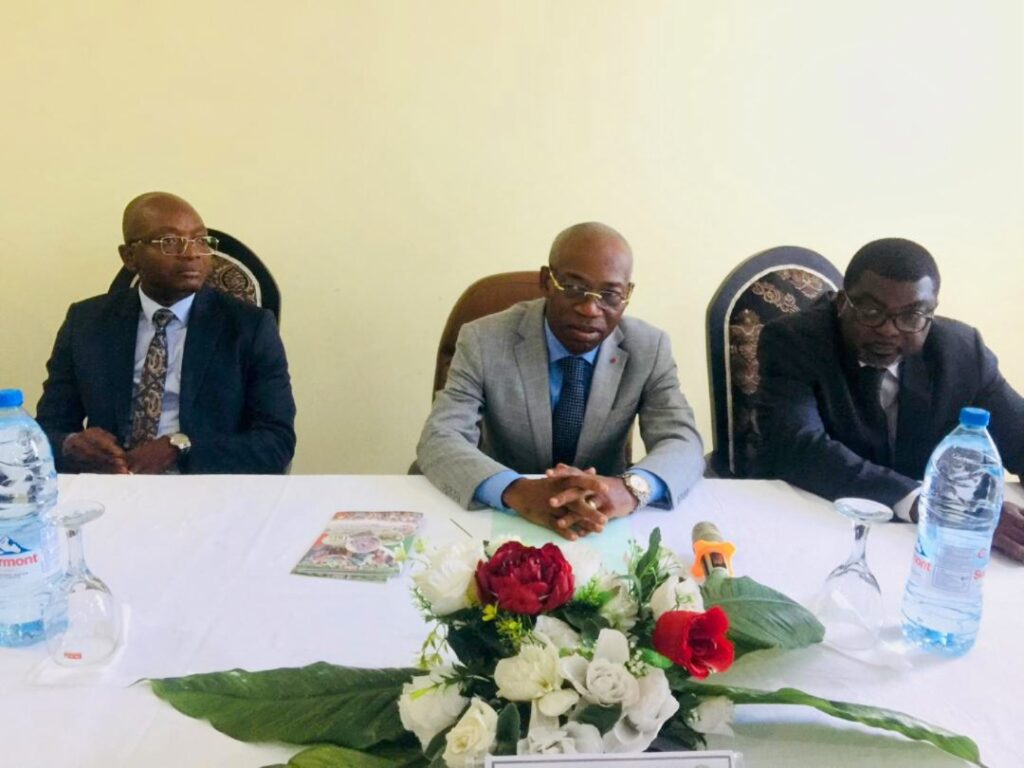The Ministry of Forestry and Wildlife, through the Programme for the Sustainable Management of Natural Resources, South West Region (PSMNRSWR), supported by the German Cooperation, has developed a “Guide to the Involvement of Local Communities in the Management of Protected Areas”.
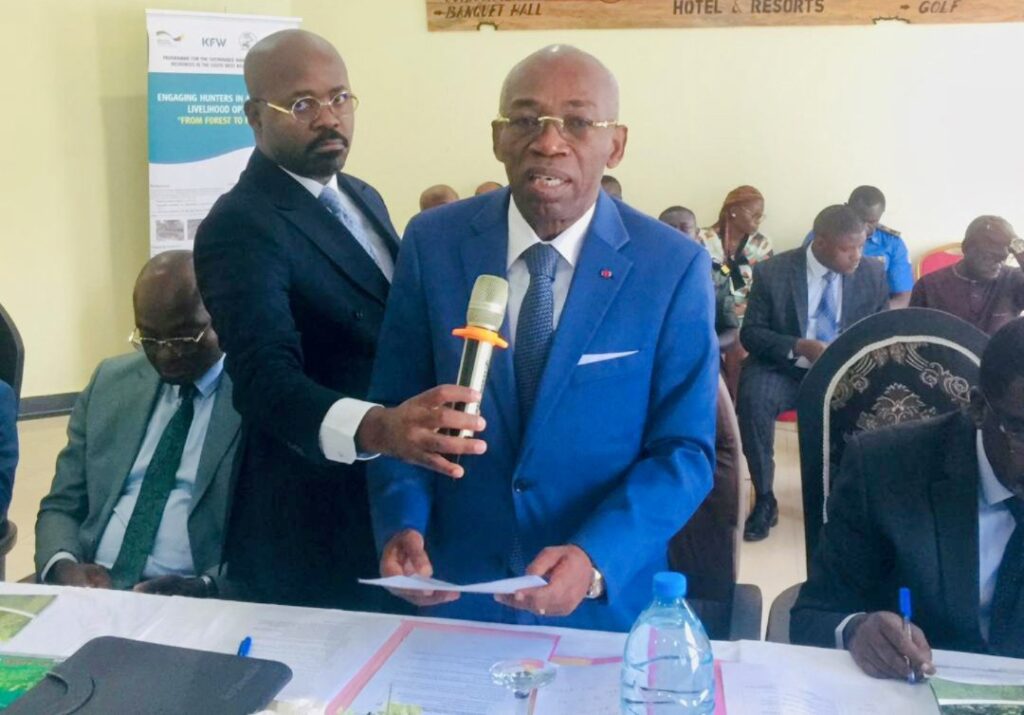
The 20 page guide was launched by the Minister of Forestry and Wildlife, Jules Doret Ndongo, in Limbe, June 27, 2024.
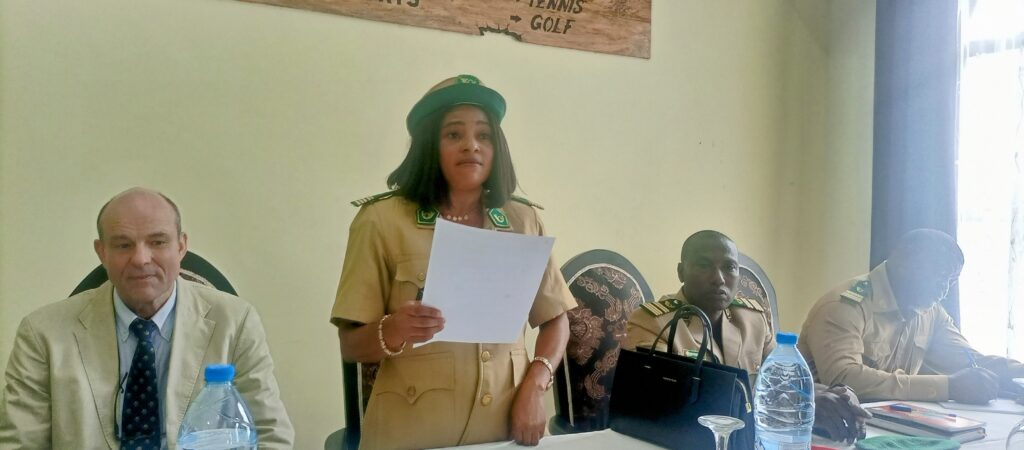
South West Regional Delegate of Forestry and Wildlife, Welcoming Guests
The Minister in its preface, disclosed that the document aims at defining the role played by local communities as well as their involvement in the planning and decision-making process with regards to the management of protected areas. He said this is in a bid to ensure the integrity of these areas as well as their enhancement to boost local development.

Minister Doret Ndongo added that the guide addresses shortcomings, while taking into account the interests of these communities in the management of protected areas.
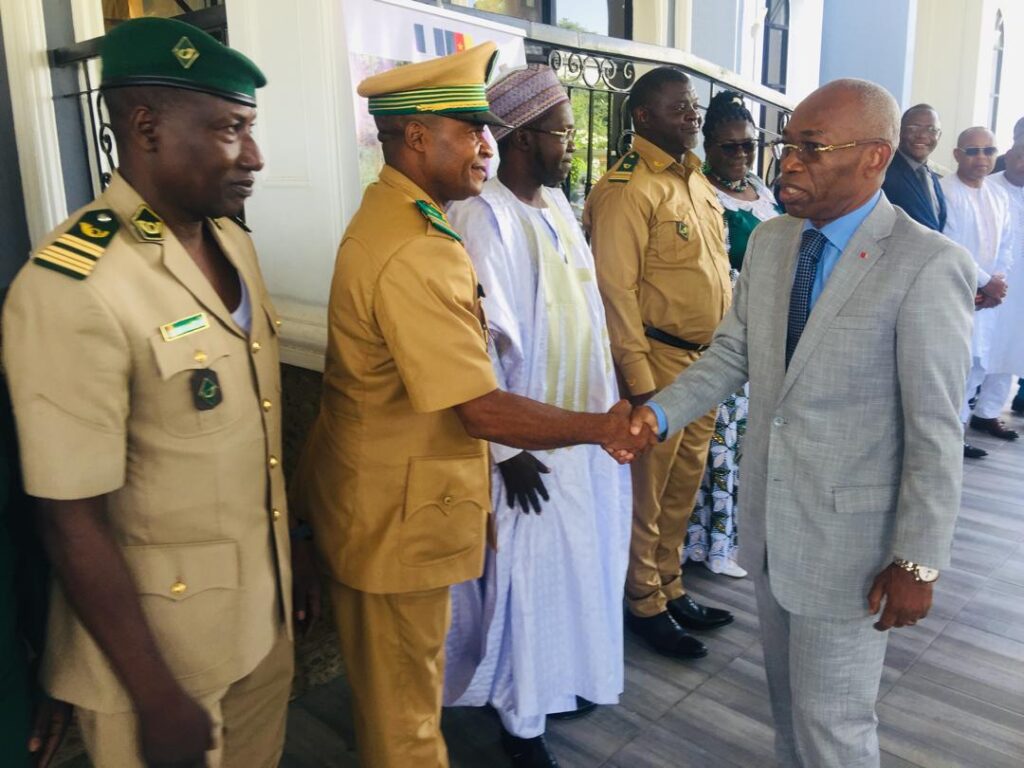
“It is thus a development instrument that will generate ecological, social and economic benefits. I am convinced that this new vision will undoubtedly bring about a significant change and yield concrete benefits at the local level, in a context marked by accelerated decentralization”. He added
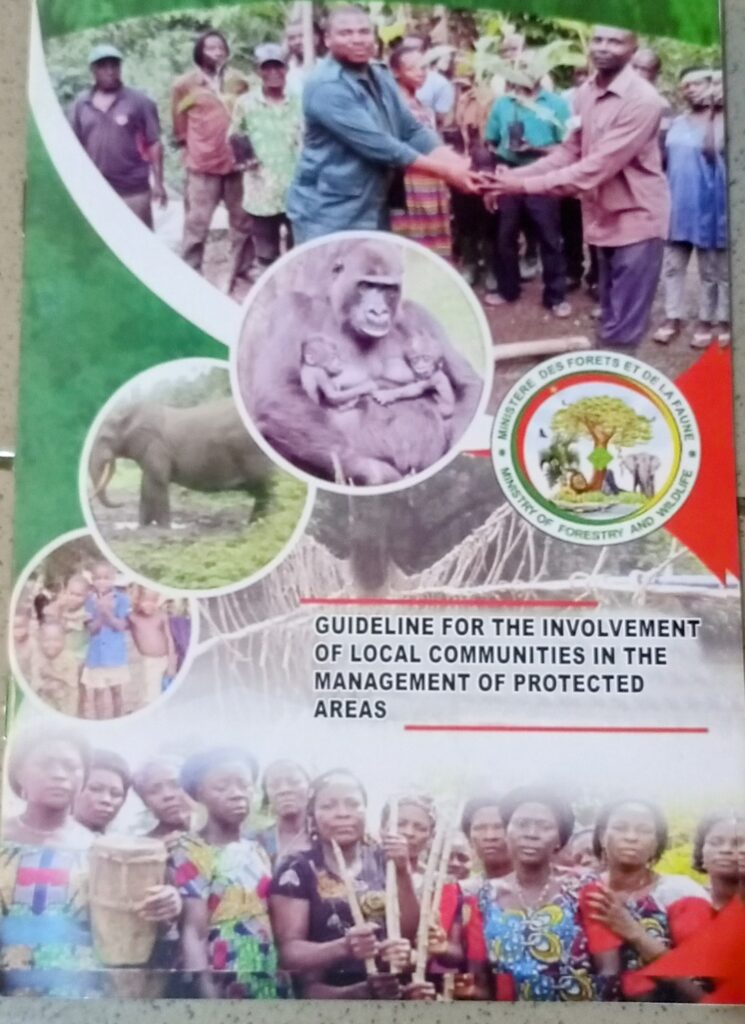
The Minister thanked all those who contributed to the production of this important instrument, the representative of local communities and indigenous peoples, Local and Regional Authorities (LRAs), Civil Society Organizations, conservators of protected areas as well as technical and financial partners.
According to the guide, the Collaborative Management Structures (CMSs) setup, comprised of the following organs;
A Local Collaborative Management Committee (LCMC) at the village level, a Collaborative Management Platform (CMP) at cluster level, a Collaborative Management Committee (CMC) encompassing all clusters of a protected area.
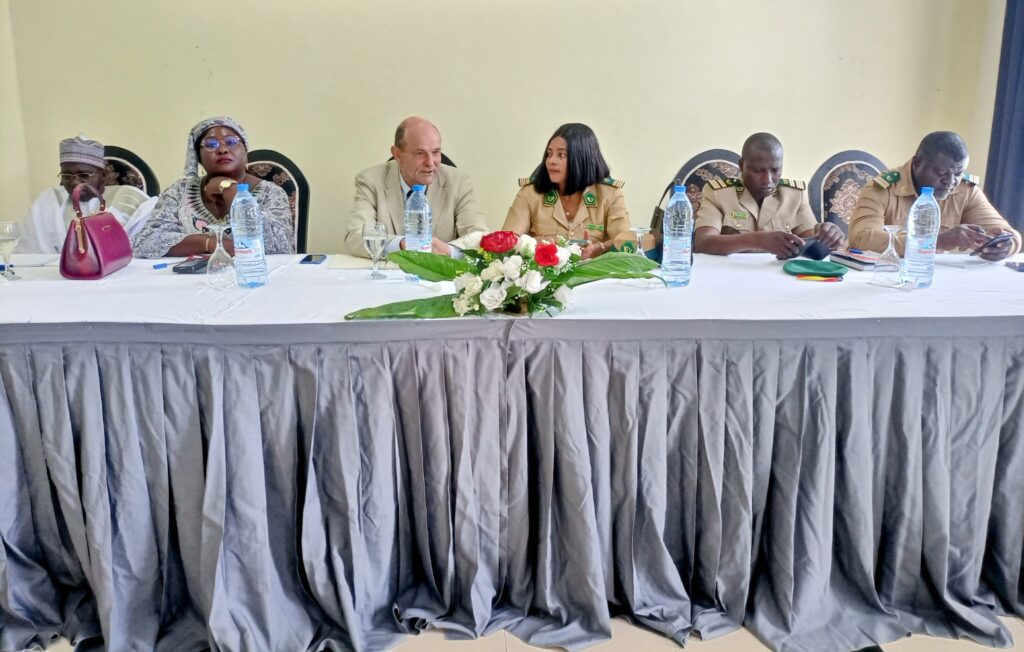 Earlier in her welcome address, the South West Regional Delegate of Forestry and Wildlife, Erem épse Ikome Delphine disclosed that Cameroon is home to one of the richest biodiversity in Central Africa with 9000 species of plants, 920 species of birds, 320 species of mammals, 260 species of amphibians, 297 species of reptiles and 613 species of fish.
Earlier in her welcome address, the South West Regional Delegate of Forestry and Wildlife, Erem épse Ikome Delphine disclosed that Cameroon is home to one of the richest biodiversity in Central Africa with 9000 species of plants, 920 species of birds, 320 species of mammals, 260 species of amphibians, 297 species of reptiles and 613 species of fish.
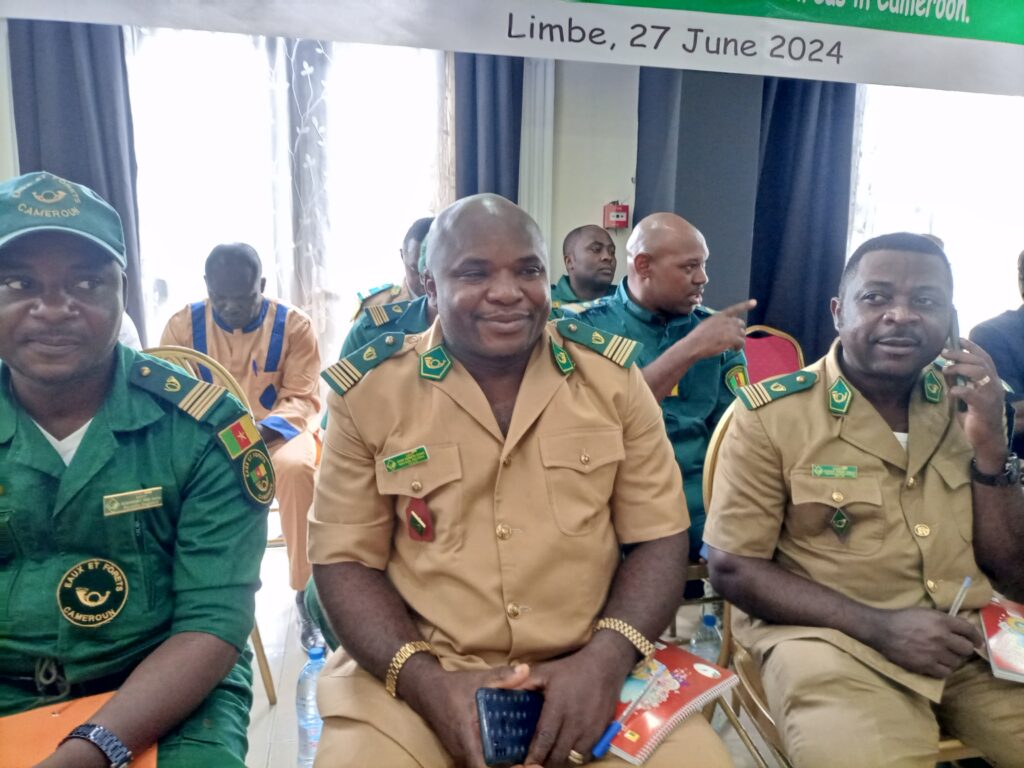
She said after the “Earth Summit” conference in Rio de Janeiro in 1992, Cameroon engaged in a vast project for the sustainable management of natural resources.
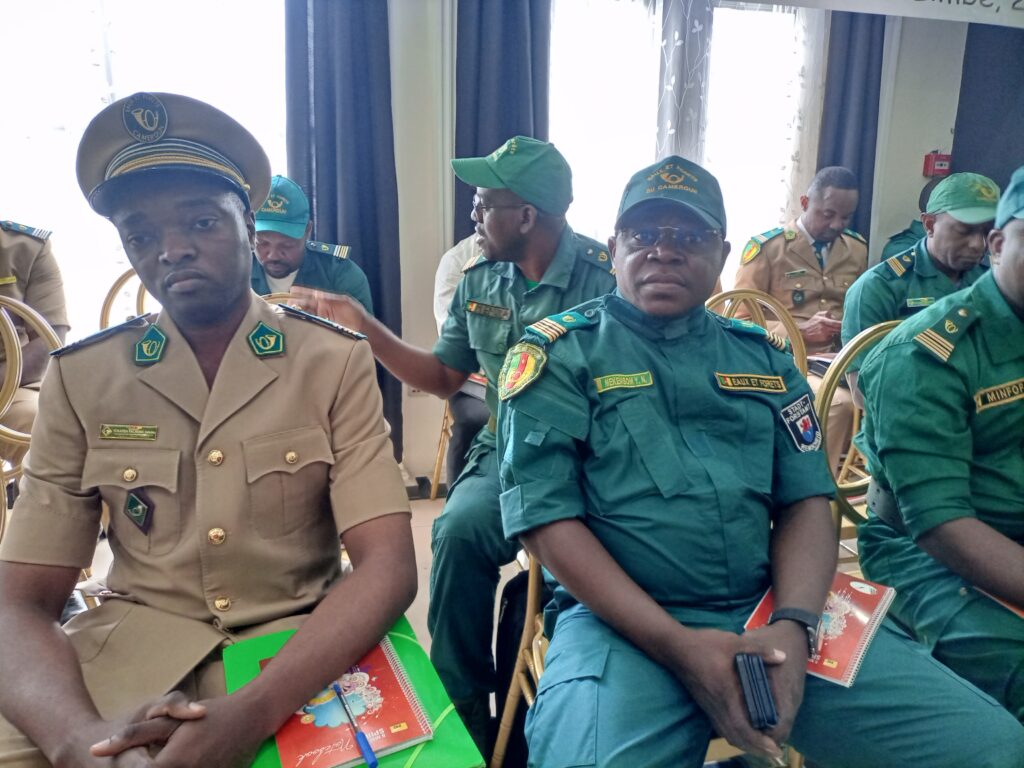
Erem said one of the concrete actions of this movement is the increase in the surface area of protected areas through the classification of new sites and the change of status for certain existing sites.
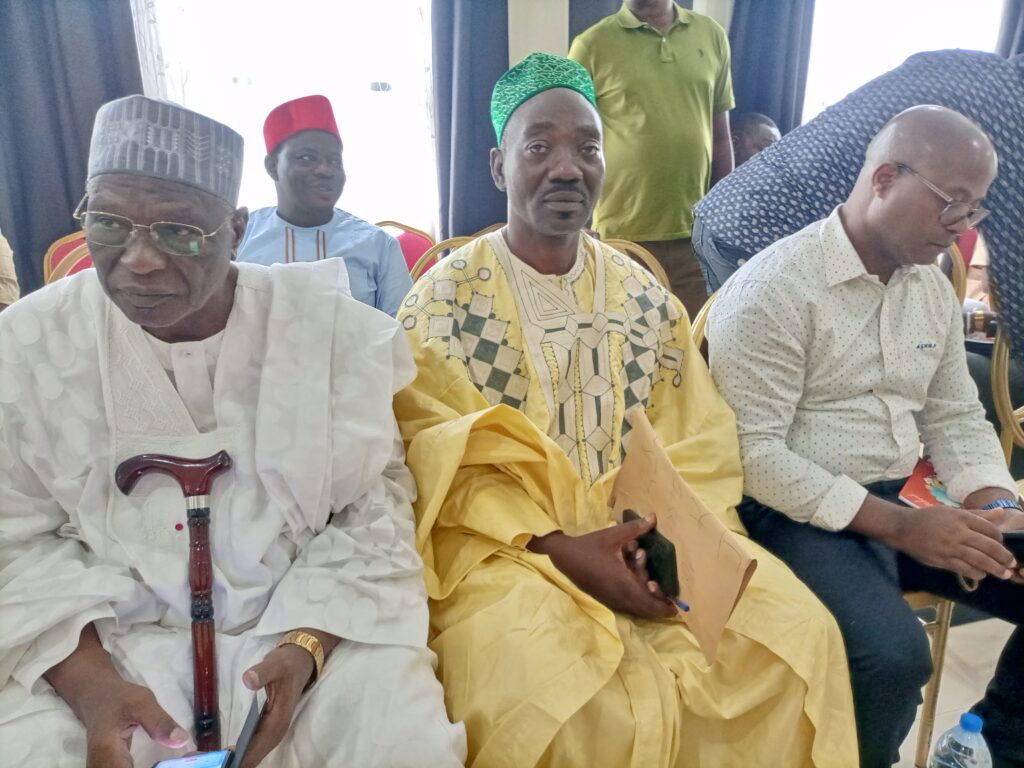
“This has resulted to date in the creation of 22 national parks, 6 wildlife sanctuaries, 5 wildlife reserves, 3 zoological gardens, 27 Community-managed Hunting Areas of Interest and 45 Hunting Areas of Interest.
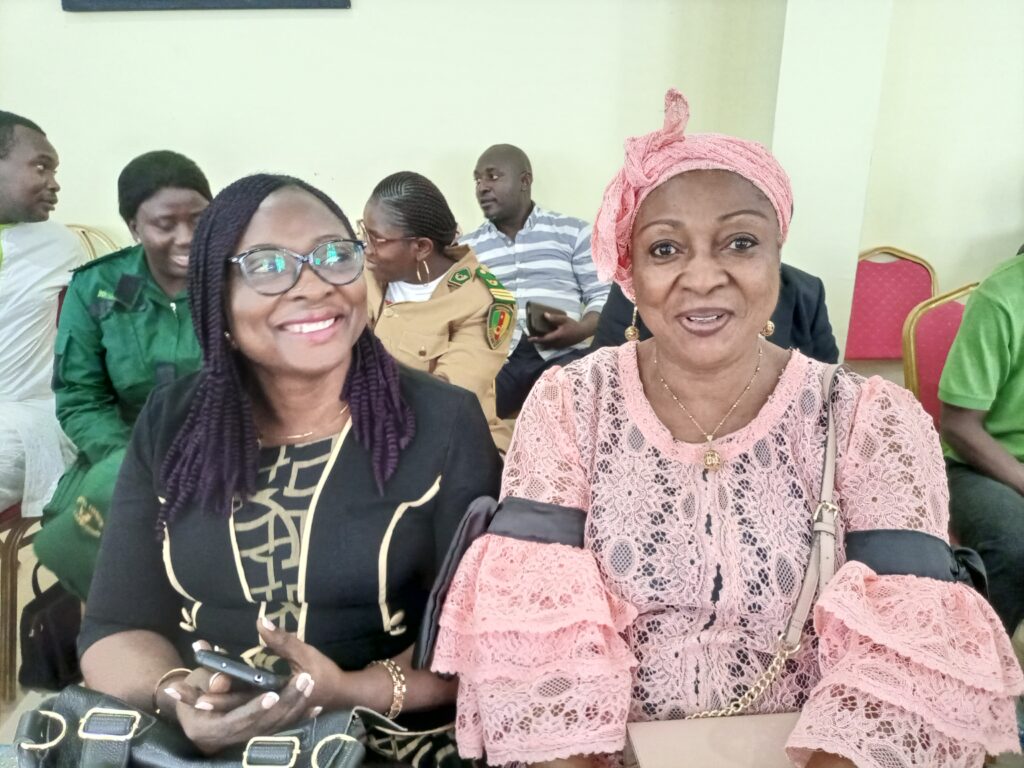
She said concerned with the promoting inclusive development and the participation of all stakeholders, the government adopted the National Development Strategy 2020-2030 (SND30) which, in the wildlife and protected areas sector, puts into perspective four major orientations. “This include intensify actions aimed at ensuring the protection of species and ecosystems representative of biodiversity, promote ecotourism in protected areas, secure protected areas and strengthen the fight against poaching.” Erem pointed.
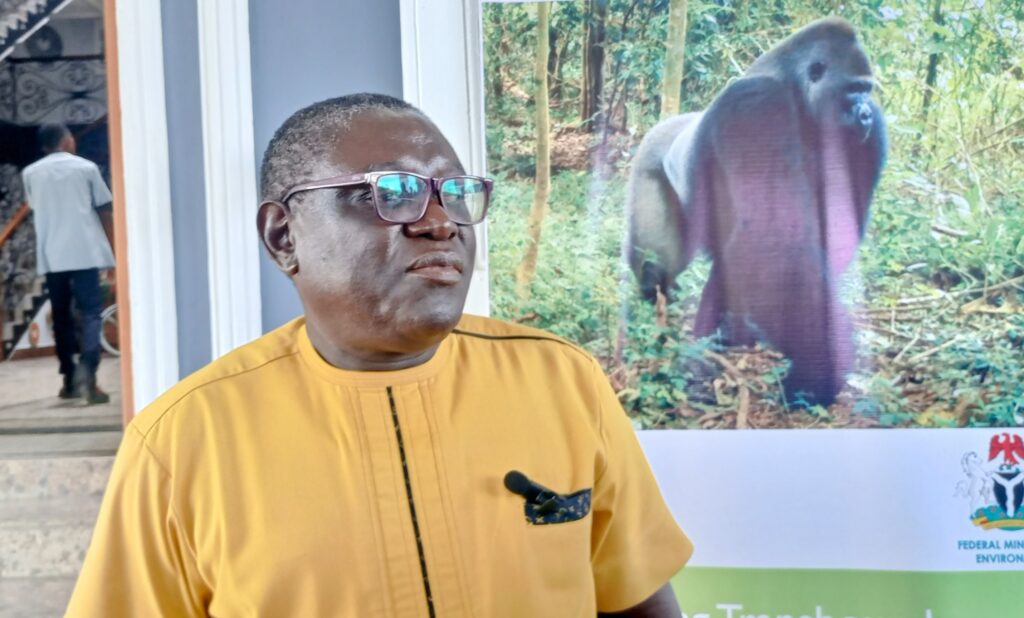
Present at the launching was the Country Representative of the German Cooperation, KFW, Camille Jepang, the representative of the Governor of the South West Region, Gilbert Acha Nkenti, regional and divisional delegates, conservators, mayors, traditional rulers and other stakeholders.
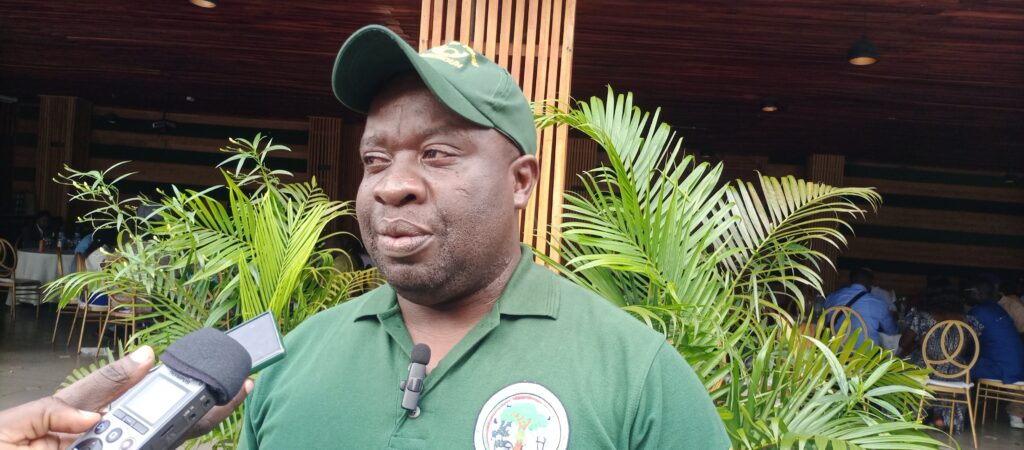
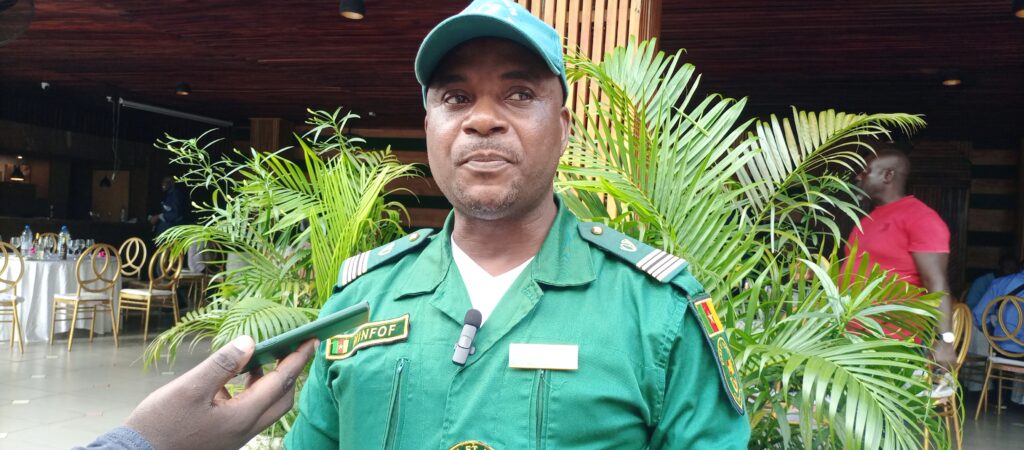
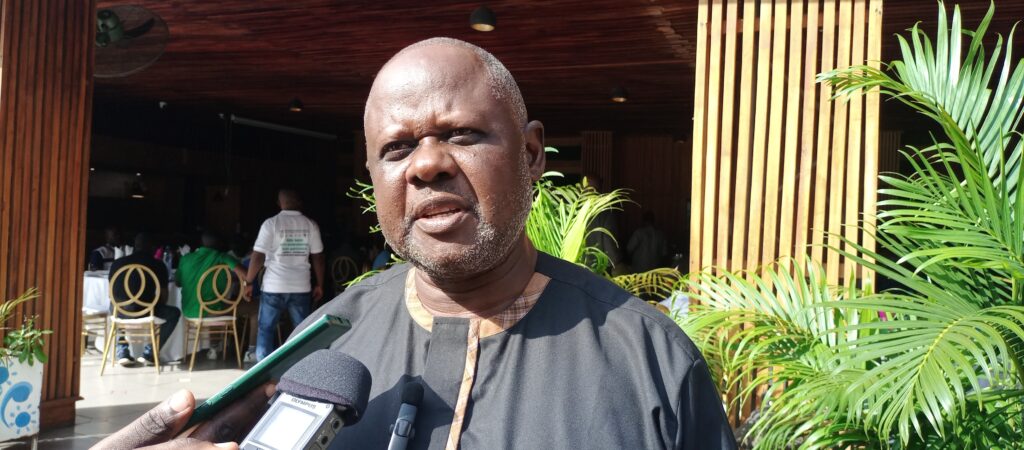
By Olive Ejang





